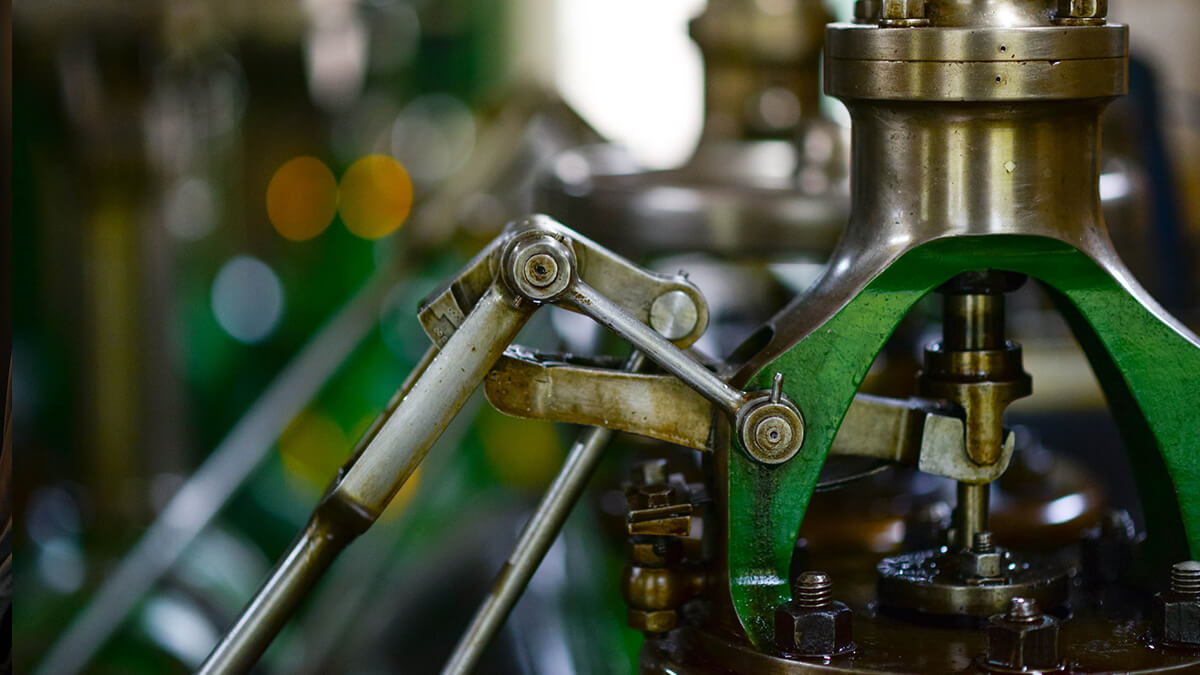Let us understand what is a planer and planer? Planers and planers are applications of cutting tools, both of which are common types of machine tools in the machine tool industry.
Difference Between Shaper and Planer Machine
Shaper and planer are both cutting tool applications. Both the shaper and the planer are single-point linear cutting tools, but the shaper handles less work, the largest shaper machine has a 36-inch cutting stroke and can process up to 36-inch parts; the planer handles a few tons of work. The planer can process longer workpieces, some planers can process parts up to 50 feet long.
The shaper is a mobile cutter, the workpiece is moved to perform the cutting process, a shaper is a light-duty machine, the shaper just can use only one cutting tool at a time; however the planer is different, it is a fixed planer that moves the workpiece closer to the planer for cutting, a planer is a heavy-duty machine, it can use more than one cutting tool at the same time. The shaper machine is less rigid and with poor accuracy, and the planer machine is more rigid and with good accuracy.
Although the shaper and the planer are moving and cutting in the same direction, although the return journey wastes time, the time of the return process can be greatly reduced to twice the cutting stroke.







.png)






